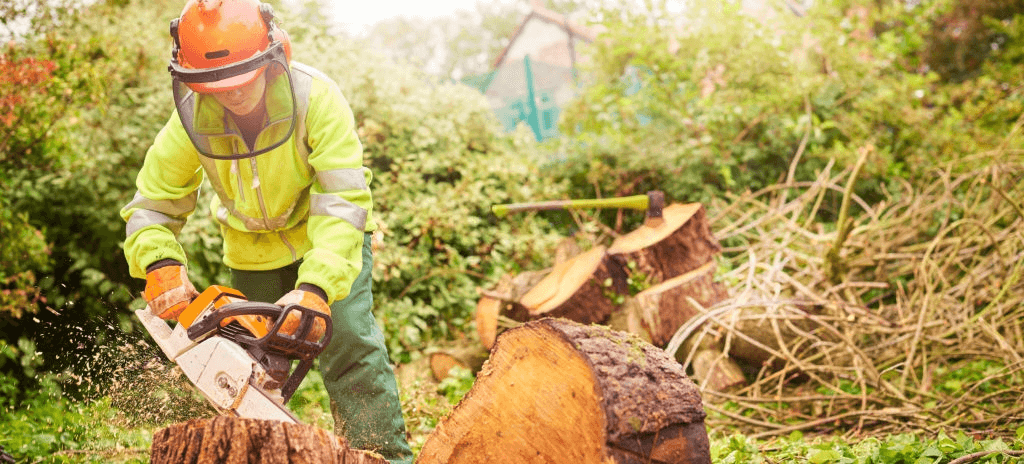Pruning plum trees is an important practice in orchards and gardens worldwide. It is a crucial aspect of plum tree care that helps maintain healthy, productive trees. Pruning can help improve fruit quality, reduce pest and disease problems, extend the tree’s life expectancy, and improve overall safety by reducing limb breakage. Proper pruning techniques can also help create better fruit yields and a more aesthetically pleasing tree.
When to Prune Plum Trees
The best time to prune plum trees is during the dormant season. This is generally from late autumn to early spring, when the leaves have fallen off and temperatures are cooler than usual. Pruning when temperatures are low reduces the risk of shock or other damage to the tree. During this time you can see the structure of the tree much better than during peak growing season and it is easier to identify what needs to be done in order to properly shape it.
Methods of Plum Tree Pruning
There are two main methods for pruning plum trees: heading (also called pinching) or thinning (also called cutting back). Heading cuts back branches at their junction with lateral shoots or buds while thinning removes branches from near their base where they meet larger side limbs or main stems completely removing them from the tree’s canopy. Heading promotes bushier growth which can be beneficial for small trees but should be avoided on large mature ones as too much new growth can weaken them. Thinning opens up more light inside the canopy and helps promote air circulation which helps reduce disease issues by improving air quality around the leaves while simultaneously promoting strong branch structure by removing overly crowded areas of foliage that may cause weak branches.
Pruning Techniques for Plum Trees
When pruning plum trees, one should follow a few techniques: first, all dead, damaged, diseased or crossing branches should be removed. This will help prevent further injury or spread of disease within your tree’s canopy as well as making sure that no useless weight is present which could weaken your entire structure over time if left unchecked. Second, remove any water sprouts or shoots growing directly from trunks or major branch crotches since these tend to produce weakly attached fruit-bearing spurs that are liable to break due to their excess weight and take away resources from other parts of your canopy that could benefit more from them instead. Finally, thin out areas where many small branches have grown too close together so as not to overload one area with foliage and thus reducing competition between fruits and allowing more direct access for sunlight into your tree’s interior canopy resulting in higher quality fruits produced each year with less effort needed on your part overall – this last method being especially beneficial when dealing with large older specimens where thinning out can open up entirely new avenues for light exposure otherwise blocked by dense growths.
In conclusion, pruning plum trees is essential for your plums to reach their full potential in terms of yield, size, taste and lifespan; done correctly it will ensure healthier fruit production far into future years without having spent too much effort getting them there! So make sure you give your plums enough TLC by doing some regular maintenance such as trimming away deadwood, thinning overcrowded branches, and heading back young shoots in order to achieve optimal results each harvest season – happy pruning!


Recent Comments